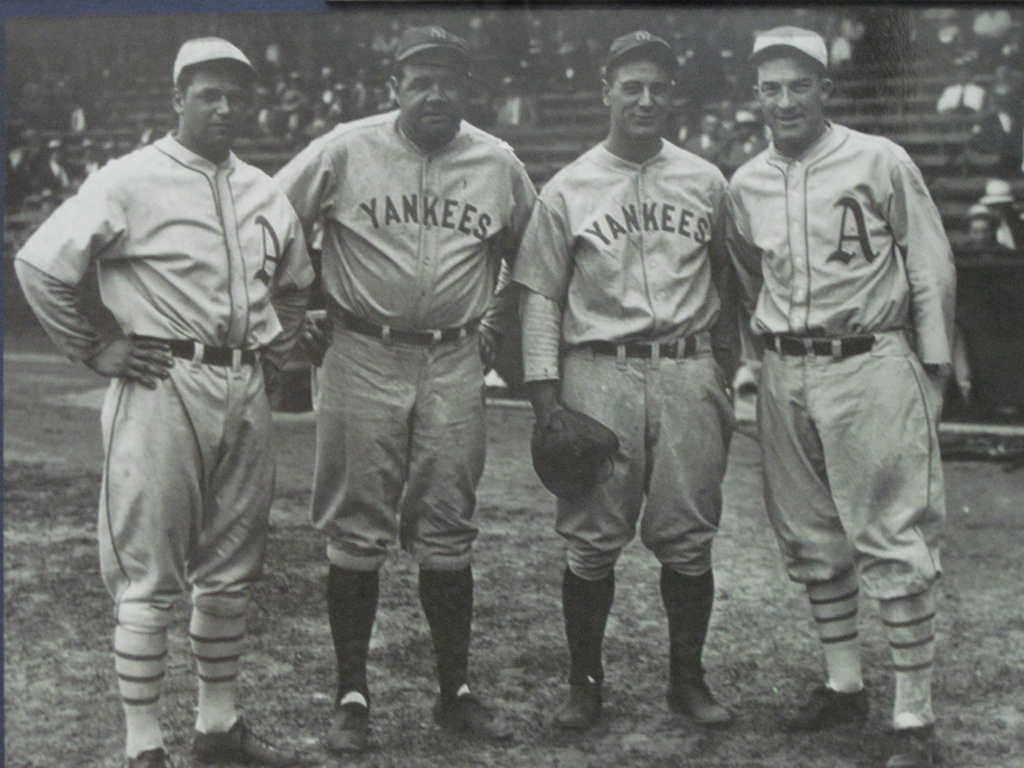Is MIN-MAXING Optimal?
For many years denizens of this blog and others, including myself, have insisted that the optimal way to build a MLB team is to acquire a bunch of high-salary elite players and then fill in the rest of the roster with cheap veterans and young team-controlled prospects ("Stars and Scrubs"). This is supposed to provide a high degree of flexibility and upside compared to loading up on solid mid-range veterans ("25 Honda Civics"). It has also been assumed that the savvier teams in the league aggressively pursue this strategy. These beliefs have fueled a lot of frustration towards Jerry Dipoto for his numerous signings and trades of "Civics", with commentators arguing that A) he is taking an extreme approach away from acquiring "stars" and B) this is necessarily a poor approach that smart teams would avoid. But are any of these beliefs true? I have never seen any research that takes a look at this issue, and no one has provided any context with which to judge Dipoto's roster makeup with other teams in the league. This should give us pause. We should be very careful about being dogmatic about things when we don't actually have any information to suggest that our theory is correct. And in this specific case, if we think critically about roster building strategies it will become clear that there can NOT be a single, optimal strategy.
Let's think this through. If Stars and Scrubs is inherently optimal, then every team should pursue it, right? But what would happen if that were the case? The result would be that the cost of stars would go way UP, the cost of scrubs would go way UP, and the cost of Civics would go way DOWN. The problem should be abundantly clear. Acquiring stars or scrubs would be horribly inefficient, while Civics would be a bargain. Therefore, going after Civics would be optimal. That means the optimal strategy is going to depend on the specific market conditions at the moment. And in a rational market, an equibilrium will be reached which will make either strategy about equally valid. Therefore, "Stars and Scrubs" can not possibly be inherently optimal.
Now let's look at some actual data to better understand what strategies teams are actually pursuing. What I did was look at this year's opening day rosters for every team and divide the players into three categories: Stars (those making over $15 million dollars), Civics (between $15 million and $5 million) and Scrubs (less than $5 million). Note, I was concerned what a team was actually paying a player, so a guy with a huge salary that is mostly paid by a former team would be counted as a Civic or Scrub depending what his current team was on the hook for. I also am counting Denard Span against both the Rays and M's because he started with the Rays but he was traded early enough in the season that the M's may be paying him enough money that he still counts as a Civic for them.
TABLE IS SORTED BY FEWEST CIVICS/MOST STARS AND SCRUBS
THE TOP 6 TEAMS BY WIN% ARE IN BOLD
| Team | Stars | Civics | Scrubs |
| San Diego | 1 | 1 | 23 |
| Milwaukee | 1 | 2 | 22 |
| San Francisco | 7 | 3 | 15 |
| Texas | 4 | 3 | 18 |
| Detroit | 3 | 3 | 19 |
| Cincinnatti | 2 | 3 | 20 |
| Philadelphia | 2 | 3 | 20 |
| Atlanta | 1 | 3 | 21 |
| Arizona | 1 | 4 | 20 |
| ChiSox | 1 | 4 | 20 |
| Miami | 0 | 4 | 21 |
| Kansas City | 2 | 5 | 18 |
| Oakland | 0 | 5 | 20 |
| Tampa Bay | 0 | 6 | 19 |
| NY Yankees | 4 | 6 | 15 |
| LA Angels | 3 | 6 | 16 |
| ChiCubs | 4 | 7 | 14 |
| Colorado | 3 | 7 | 15 |
| Toronto | 3 | 7 | 15 |
| Pittsburgh | 0 | 7 | 18 |
| Seattle | 4 | 7 | 14 |
| Minnesota | 1 | 8 | 16 |
| Boston | 5 | 8 | 12 |
| Washington | 4 | 8 | 13 |
| St. Louis | 3 | 8 | 14 |
| Baltimore | 3 | 8 | 14 |
| LA Dodgers | 3 | 9 | 13 |
| Cleveland | 1 | 10 | 14 |
| NY Mets | 3 | 11 | 11 |
| Houston | 2 | 11 | 12 |
Comments:
1) The Astros are possibly the best team yet they are the most dependent on Civics
2) Seattle (7 Civics) is right near the average of 6 civics
3) The other top teams in the AL (Yankees and Indians) are either average or above average in their reliance on Civics
4) In the National League, the division leaders (Braves, Brewers, Diamondbacks) are Stars and Scrubs heavy, but the big spenders (Cubs, Dodgers, Nationals) are average or above average in Civics
Conclusion:
The empirical evidence makes clear that Stars and Scrubs is not necessarily the strategy pursued by the best or wisest teams, nor is Dipoto's strategy in anyway extreme.
